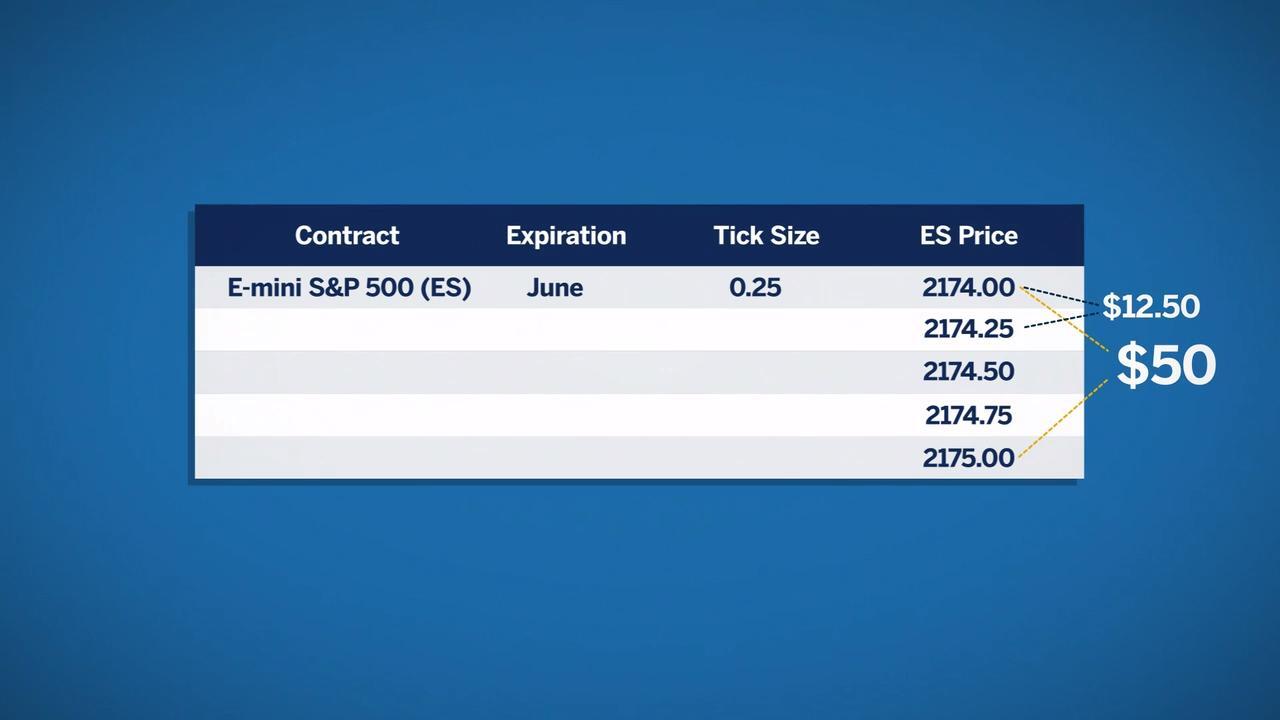Home>Finance>What Is A Loan Commitment? Definition, How It Works, And Types


Finance
What Is A Loan Commitment? Definition, How It Works, And Types
Published: December 19, 2023
Learn what a loan commitment is in finance, its definition, how it works, and the different types available. Understand the key aspects of this crucial financial concept.
(Many of the links in this article redirect to a specific reviewed product. Your purchase of these products through affiliate links helps to generate commission for LiveWell, at no extra cost. Learn more)
Understanding Loan Commitments: Your Ultimate Guide to Financial Confidence
When it comes to managing your finances and securing a loan, understanding the intricacies of the lending process is vital. One important term that you may come across is a loan commitment. But what exactly does it mean? How does it work? And what are the different types available to borrowers? In this blog post, we will delve deep into the world of loan commitments, providing you with a comprehensive guide that will empower you with the knowledge needed to make informed financial decisions. So let’s get started!
Key Takeaways:
- A loan commitment is a formal agreement between a lender and a borrower stating the terms and conditions under which the lender is willing to provide the loan.
- Loan commitments protect borrowers from sudden changes in interest rates or loan availability, giving them financial security and peace of mind.
What Is a Loan Commitment?
A loan commitment is a binding agreement between a lender, such as a bank or financial institution, and a borrower. It outlines the terms and conditions under which the lender is willing to provide the requested loan amount. Essentially, a loan commitment acts as a promise from the lender to the borrower that the funds will be available at the specified terms.
Loan commitments not only provide borrowers with financial security but also serve as a crucial component in the lending process. By obtaining a loan commitment, borrowers can confidently move forward with their financial plans, knowing that the funds they require will be available to them.
How Does a Loan Commitment Work?
When a borrower applies for a loan, they go through an extensive evaluation process where the lender assesses their financial history, creditworthiness, and ability to repay the loan. If the borrower meets all the necessary criteria, the lender may decide to issue a loan commitment.
Here’s how the loan commitment process typically works:
- Application Stage: The borrower submits a loan application, providing the necessary financial documents and information required by the lender.
- Evaluation and Underwriting: The lender carefully reviews the borrower’s application, assessing their creditworthiness, income stability, and debt-to-income ratio.
- Loan Offer: If the borrower meets the lender’s criteria, the lender will issue a loan offer, also known as a loan commitment letter, stating the terms and conditions under which the loan will be granted.
- Borrower Acceptance: The borrower has the option to accept or reject the loan offer. If they choose to accept, they must sign the loan commitment letter and agree to the terms outlined within.
- Funds Disbursement: Once the loan commitment is signed, the lender will proceed with the funds disbursement as instructed in the loan commitment letter, typically transferring the funds directly to the borrower’s account.
Types of Loan Commitments
Loan commitments can vary depending on the type of loan and the specific conditions agreed upon between the borrower and the lender. Here are some common types of loan commitments:
- Standard Loan Commitment: This is the most common type of loan commitment where the lender agrees to provide a specified loan amount at a fixed interest rate and repayment term.
- Conditional Loan Commitment: In this type of commitment, the lender may impose certain conditions or requirements that the borrower must meet before the loan is disbursed. These conditions may include providing additional documents, securing collateral, or meeting specific credit criteria.
- Standby Loan Commitment: A standby loan commitment is often used by businesses to secure a line of credit for future needs. The borrower has the assurance that the funds will be available whenever they are required.
It’s important to note that loan commitments are legally binding agreements, and both the borrower and the lender are expected to fulfill their respective obligations as outlined in the commitment letter.
Conclusion
Having a solid understanding of loan commitments is crucial when navigating the lending landscape. By obtaining a loan commitment, borrowers can confidently plan their financial future and have the peace of mind of knowing that the funds they need will be available on the specified terms.
Remember, when approaching the lending process, it’s always a good idea to seek advice from financial professionals to ensure you make the best decisions for your unique financial situation.
Now that you have a clear understanding of loan commitments, you are well-equipped to pursue your financial goals with confidence and financial security.














